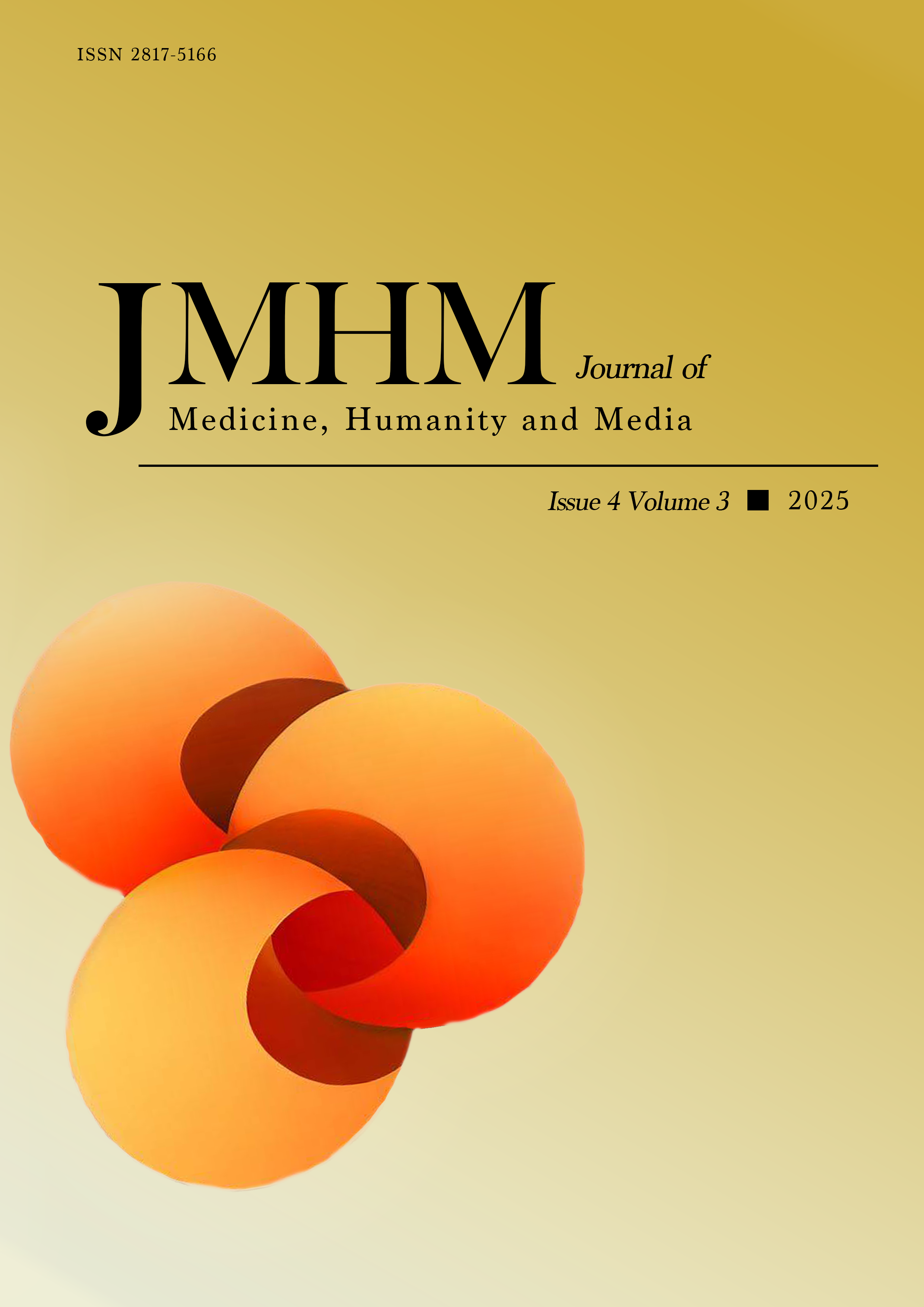Virtual Bodies and Obesity Stigma in AI Technologies: An Exploration Centered on the Stigma Communication Model and the Stigma Coping Model
DOI:
https://doi.org/10.62787/mhm.v3i4.195Keywords:
AI technology, Virtual embodiment, Obesity stigma, Stigma Management CommunicationAbstract
This study examines the intelligent interaction of AI technology, virtual embodiment, and the dissemination and management of obesity stigma, with a particular emphasis on the stigma communication mechanisms within the context of new media. In recent years, obesity has transcended its classification as a metabolic disease to become a socially stigmatized phenomenon, particularly in the era of pervasive AI applications and digital media. Individuals with obesity are increasingly subjected to complex identity constructions and challenges in social recognition. Grounded in the Stigma Management Communication (SMC) Theory, this study investigates the ways in which AI technology influences the propagation of obesity stigma and explores the coping strategies employed by stigmatized individuals. Utilizing a qualitative research approach, this study integrates in-depth interviews, digital ethnography, and social media analysis to examine data collected between October 2023 and January 20, 2024, focusing on the phenomenon of “AI Fat Transformation” on Douyin and other new media platforms. The analysis delves into the lived experiences of individuals with obesity, public perceptions and stereotypes associated with obesity, and the role of AI technology in the dissemination of stigma. The findings reveal that AI-driven transformation technologies facilitate the visual and symbolic representation of obesity stigma, reinforcing societal biases toward idealized body standards through algorithmic curation and social media interactions. Moreover, stigmatized individuals adopt three primary coping strategies: passive avoidance, talent-based compensation, and self-empowerment. Among these, social support networks and counter-narratives have demonstrated the greatest efficacy in mitigating the negative impact of stigma. This study contributes to the academic discourse by extending the application of Stigma Management Communication Theory within the digital media landscape, elucidating the role of AI technologies in shaping and reinforcing body-related stigma, and proposing strategic interventions for addressing obesity stigma in contemporary society. The findings underscore the imperative role of digital media platforms, public education initiatives, and policy interventions in curtailing the dissemination of obesity stigma. Future research should further investigate cross-cultural variations in stigma communication and assess the long-term implications of AI-driven media on societal perceptions of stigmatized identities.

